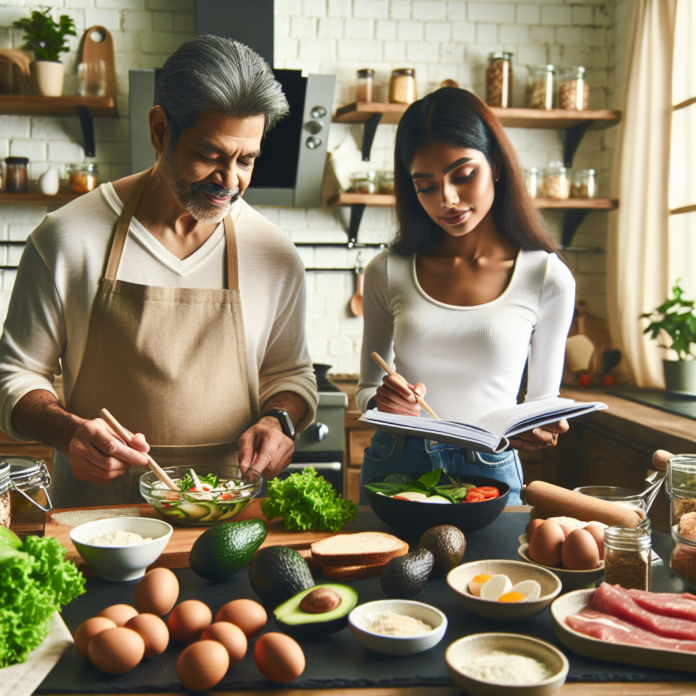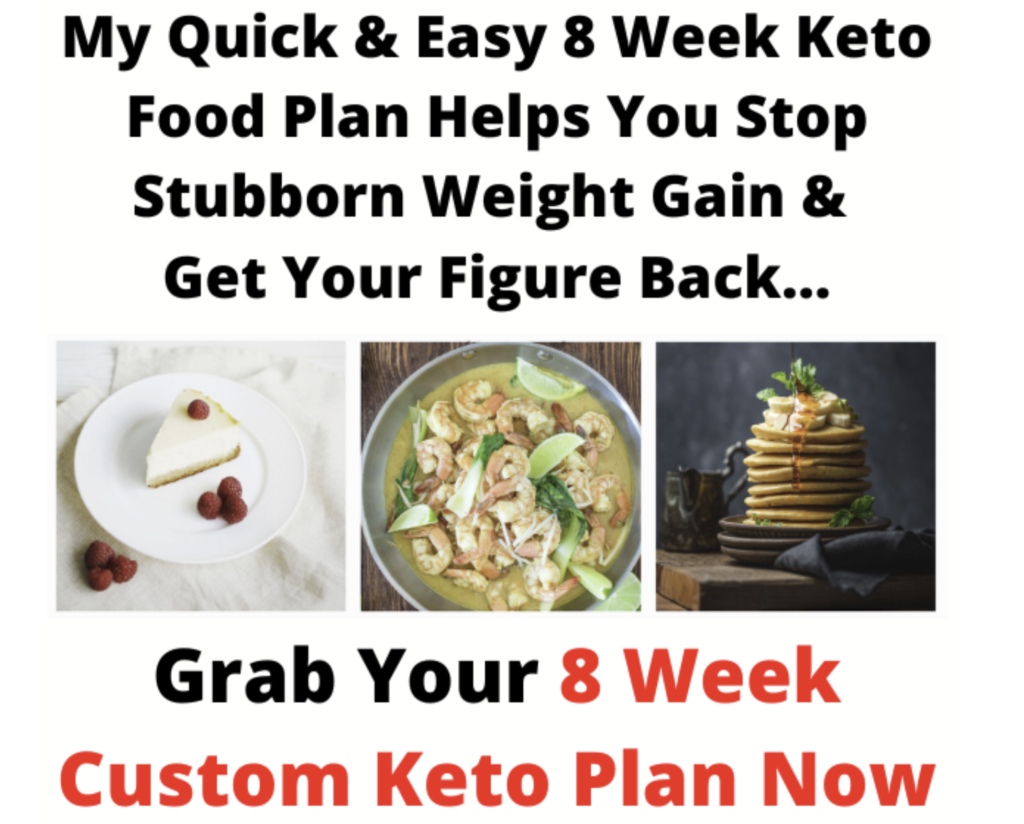Keto Diet Plan for beginners recipes:
If you’ve been hearing about the keto diet and want to give it a try, you’re in the right place! Starting a new way of eating can feel overwhelming, but the keto diet is surprisingly simple once you understand the basics. This guide will take you through everything you need to know about the keto diet, including some delicious recipes for beginners. Plus, you’ll have access to a keto diet plan for beginners free PDF that will make meal planning a breeze. Let’s dive in!
What is the Keto Diet?
The ketogenic (or keto) diet is a low-carb, high-fat diet designed to shift your body from using carbohydrates for energy to burning fat. When you drastically reduce your carb intake and increase fats, your body enters a state called ketosis, where it burns fat for fuel. This process helps people lose weight, reduce blood sugar levels, and improve their overall health.
Benefits of the Keto Diet for Beginners
So, why should you try the keto diet? Here are a few reasons:
1. Weight Loss
The most common reason people start keto is to lose weight. By cutting carbs, your body becomes efficient at burning fat, leading to rapid and sustainable weight loss.
2. Improved Mental Clarity
Once your brain switches to ketones as its primary fuel source, many people report sharper focus and improved cognitive function.
3. Increased Energy Levels
Without the constant blood sugar spikes and crashes from carbs, your energy becomes more consistent throughout the day.
4. Health Improvements
Beyond weight loss, keto can help manage diabetes, reduce inflammation, and improve heart health.
Understanding Macros on a Keto Diet
A keto diet focuses on the following macros (macronutrients):
Carbohydrates
Carbs should be limited to around 5-10% of your total daily intake. This generally means eating 20-50 grams of net carbs per day.
Fats
Healthy fats should make up 70-75% of your diet. Avocados, olive oil, and fatty fish are great sources of healthy fats.
Protein
While protein is important, too much can kick you out of ketosis. Aim for 20-25% of your diet to come from protein.
Common Mistakes Beginners Make on the Keto Diet
Starting keto without the right information can lead to some common pitfalls. Here’s what to avoid:
- Not tracking carbs accurately: It’s easy to underestimate carb intake, especially with hidden carbs in processed foods.
- Eating too much protein: Too much protein can convert into glucose, kicking you out of ketosis.
- Ignoring electrolytes: As your body loses water, it’s important to replenish electrolytes like sodium, potassium, and magnesium.
- Not planning meals: Failing to prepare can lead to grabbing high-carb options when you’re hungry.
How to Start the Keto Diet
Step 1: Calculate Your Macros
Use an online keto calculator to determine how many carbs, fats, and proteins you need to consume.
Step 2: Prepare a Shopping List
Stock up on keto-friendly foods like leafy greens, avocados, fatty cuts of meat, and coconut oil.
Step 3: Meal Prepping
Prepare meals in advance to avoid reaching for non-keto options when you’re pressed for time.
Sample Keto Diet Plan for Beginners (7 Days)
Here’s a simple 7-day meal plan to get you started:
- Day 1: Breakfast – Bacon and eggs. Lunch – Grilled chicken salad. Dinner – Salmon with roasted broccoli.
- Day 2: Breakfast – Keto smoothie. Lunch – Tuna salad with avocado. Dinner – Steak and cauliflower mash.
- Day 3: Incorporate keto-friendly snacks like fat bombs, cheese, or nuts.
- Continue building variety through the week with different meats, vegetables, and fats.
Keto Diet Plan for Beginners Recipes
Here are some quick and easy keto recipes to add to your meal plan:
1. Avocado Egg Bake (Breakfast)
- Slice an avocado in half, remove the pit, and scoop out a bit more of the flesh.
- Crack an egg into the hollow, sprinkle with cheese, and bake at 375°F until the egg is set.
2. Zucchini Noodles with Pesto (Lunch)
- Spiralize zucchini into noodles, toss with homemade or store-bought pesto, and top with grilled chicken.
3. Cheesy Cauliflower Casserole (Dinner)
- Steam cauliflower, mix with cream cheese, cheddar, and bacon, then bake until bubbly and golden.
4. Fat Bombs (Snack)
- Combine melted coconut oil, almond butter, and cocoa powder. Freeze into bite-sized treats.
How to Handle Keto Flu
During the first few days of keto, some people experience flu-like symptoms, known as keto flu. Here’s how to handle it:
- Drink plenty of water: Staying hydrated helps reduce fatigue and headaches.
- Replenish electrolytes: Add more salt to your food and consider an electrolyte supplement.
- Get enough sleep: Rest is crucial as your body adjusts.
Foods to Eat on the Keto Diet
Fats
Healthy fats include avocado, olive oil, coconut oil, and butter.
Low-Carb Vegetables
Eat plenty of leafy greens, broccoli, and cauliflower.
Proteins
Focus on high-quality proteins like grass-fed meat, fatty fish, and eggs.
Foods to Avoid on the Keto Diet
High-Carb Foods
Steer clear of bread, pasta, rice, and anything made with sugar.
Sugary Drinks
This includes sodas, fruit juices, and even sugary coffee drinks.
Hidden Carbs
Watch out for hidden sugars in sauces, dressings, and processed foods.
Keto Diet Plan for Beginners Free PDF
For a detailed meal plan and grocery list, download a keto diet plan for beginners free PDF from here!. This guide will help you stay on track and simplify your meal planning.
Keto Supplements: Do You Need Them?
While not essential, some supplements can help optimize your keto experience:
- Electrolytes: Sodium, potassium, and magnesium are key.
- MCT Oil: Provides a quick source of energy.
- Exogenous Ketones: May help boost ketone levels.
Tracking Your Progress on the Keto Diet
To track your progress:
- Measure ketones: Use urine strips or a blood ketone meter.
- Monitor weight: Track weight loss and fat percentage over time.
- Adjust macros: As you progress, adjust your macros to match your new goals.
Staying Motivated on the Keto Diet
Celebrate Small Wins
Every milestone matters, whether it’s a drop in pounds or increased energy.
Join a Community
Connecting with others on keto can offer support, tips, and recipe ideas.
Set Realistic Goals
Don’t expect drastic results overnight. Consistency is key.
Conclusion
Starting the keto diet can be intimidating, but with the right plan and mindset, you’ll find it easier than you think. Focus on your health goals, track your progress, and enjoy delicious keto-friendly meals. Be sure to download the keto diet plan for beginners free PDF for more tips and recipes to guide you on your keto journey.
FAQs
1. How long does it take to get into ketosis?
It typically takes 2–7 days of eating low-carb, high-fat meals to enter ketosis.
2. What can I eat for snacks on keto?
Great snack options include cheese, nuts, fat bombs, and hard-boiled eggs.
3. Can I eat dairy on a keto diet?
Yes, dairy is allowed as long as it’s full-fat and low in carbs. Cheese, butter, and cream are keto-friendly.
4. How many carbs should I eat on a keto diet?
Most people aim to eat between 20-50 grams of net carbs per day to stay in ketosis.
5. What’s the difference between lazy keto and strict keto?
Lazy keto focuses on just counting carbs, while strict keto involves closely tracking all macros (carbs, fats, and protein).
More articles on Keto diet!



